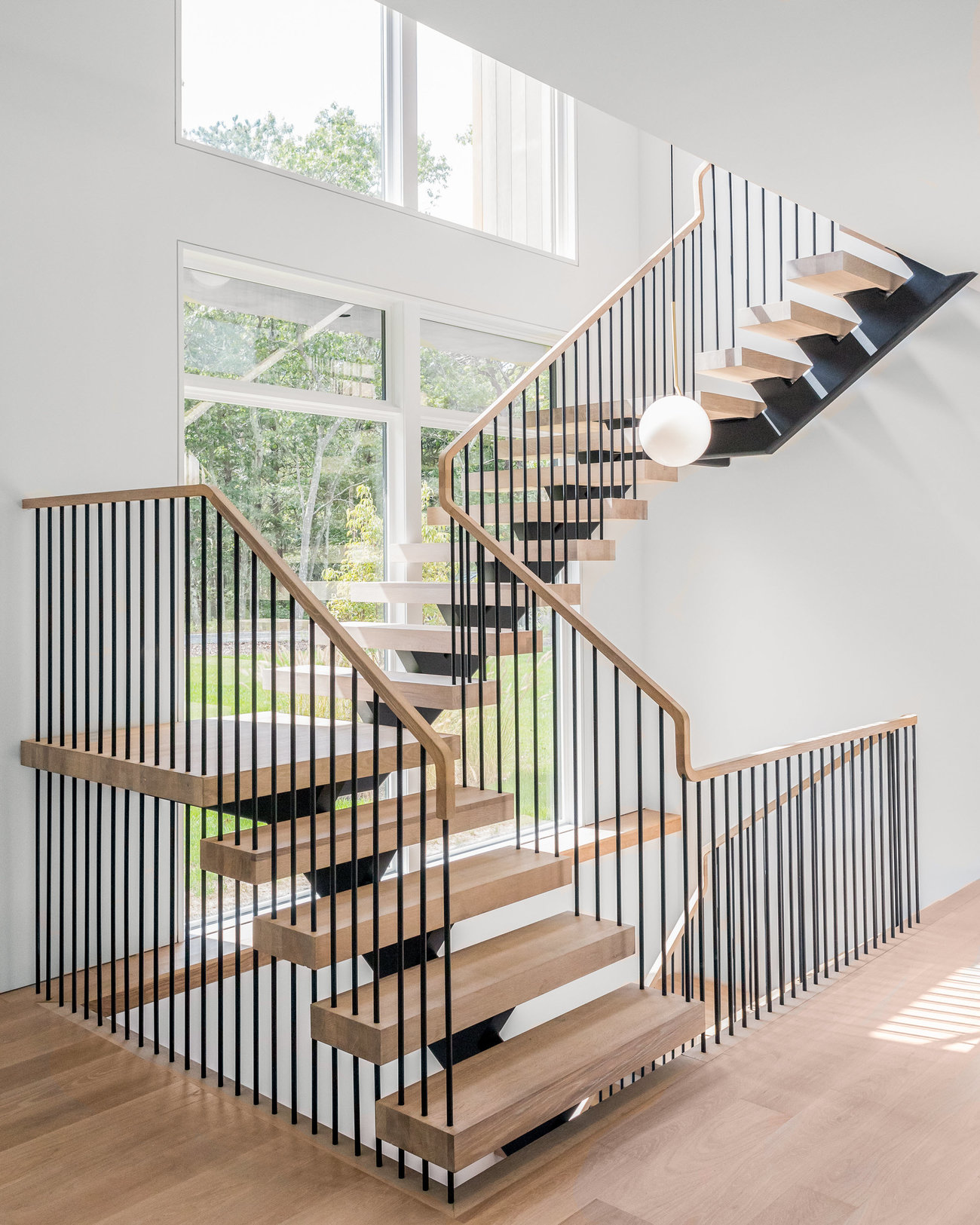

Some models provide a single horizontal rail which provides support at one height others consist of a looped rail which provides two alternative gripping positions. Some have a support leg which rests down on the floor when the rail is horizontal. They are fixed to the wall or to the floor behind the toilet and can fold down to a horizontal position alongside the toilet. These are most often seen next to toilets. They attach to the walls and can be cut or ordered to the required length.īends and angles can be fitted where required. System rails are rails which can be put together to provide customised support over a large area, e.g. They can be held at any point up the bar for general support and can be useful in the process of standing up/sitting down. The top section provides an angled or upright handhold.Ĭranked or offset rails are wall-fixed rails which have been designed to fit to frames and spaces to allow the user to step up to and through a doorway or space without releasing grip on the rail.įloor to ceiling rails are vertical rails which are attached to both the floor and the ceiling. This enables the user's body weight to be distributed through his or her forearm which may be helpful for someone with painful hands or wrists. The lower portion is usually set horizontally and acts as a forearm support. These are wall-fixed rails with an in-built angle.

Pre-formed angled rails and right angled rails Rails set at an incline (fixed at a slight angle to the horizontal) may assist someone with weak or painful arms or wrists to support his/her forearm on the rail whilst pushing up, thus spreading the body weight over a larger area. It is not necessary to lean far forward to grasp the rail at the lower end and the hand can travel up the rail to maintain the support once the person is standing. This keeps the wrist in a neutral position. The rail can be placed at an angle of 45 degrees up and away from the user. Rails set at an angle can help a person who needs a steadying support - e.g. Vertical rails may assist when pulling up into a standing position or for just maintaining balance. Most people find it easier to push down on a rail rather than pull on one, so horizontal rails are more commonly used. Horizontal rails may help when pushing up from sitting and provide support when lowering, e.g. They can be fixed in a horizontal or a vertical position, or at an incline or angle. Straight rails are wall-fixed rails which run in one direction only. The main types are briefly introduced below, before going into greater detail about grab rails and their use in specific areas of the home. They may be required if your stair rail cannot be attached straight to the wall with angled brackets (perhaps because the wall is a partition wall or made of hollow bricks). Vertical supports for fixing stair rails support a stair handrail by attaching to your stair's tread and wall string. They provide a continuous grip as the user reaches the bottom or top of the stairs and turns the corner. Newel rails are designed to turn through 90 degrees around the newel post (the upright post/s of the stair banister). If a sudden movement is made, such as if you were to lose your balance, the rail/bar locks in position giving you a secure handhold. You hold the bar and move it gradually up/down while ascending or descending.

#STAIR RAILS MANUAL#
Stair rails which move with the user are manual devices designed to assist you maintain your balance whilst walking up and down stairs. Stair and corridor rails have features which make them safer or easier for a person with a disability or an older person to use. This section includes rails that can be used to provide support while climbing or descending the stairs.


 0 kommentar(er)
0 kommentar(er)
